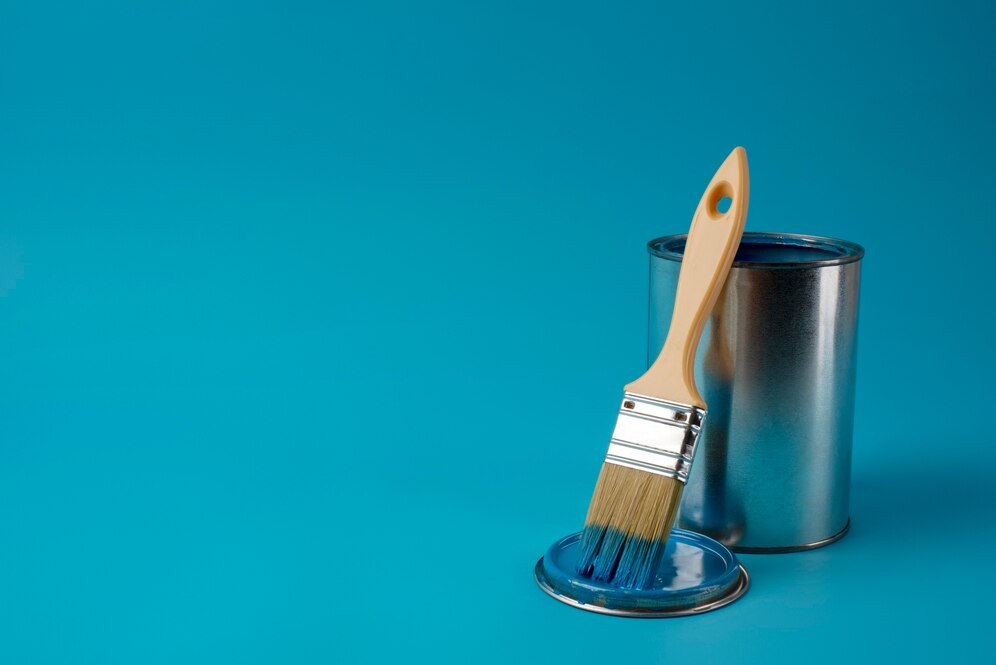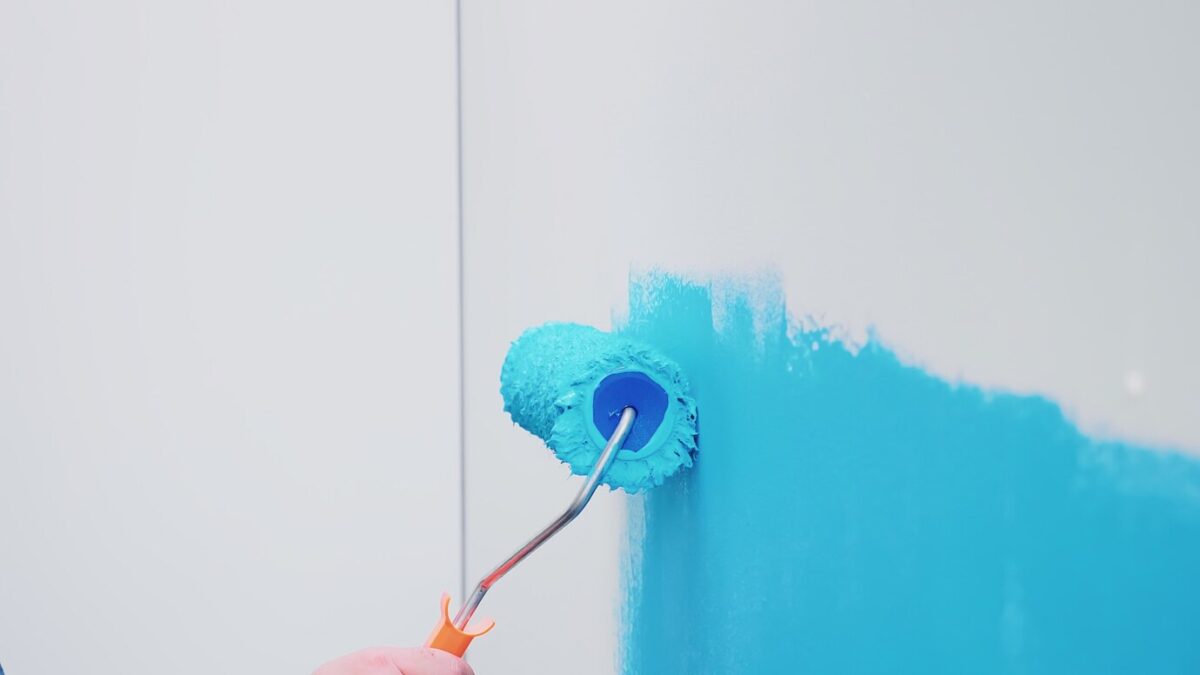Here’s a detailed guide on the most professional way to paint a house:
- Preparation Phase:
- Assess the Surface: Inspect the surfaces to be painted for any damages, cracks, or flaking paint. Repair and smoothen these areas before painting.
- Clean the Surface: Use a pressure washer or a mixture of mild detergent and water to thoroughly clean the exterior surfaces. This removes dirt, grime, and any mildew or mold buildup.
- Remove Loose Paint: Scrape off any loose or peeling paint using a scraper or wire brush. This ensures a smooth surface for painting and prevents further paint damage.
- Protect Surrounding Areas: Cover windows, doors, and other areas you don’t want to paint with painter’s tape and plastic sheeting. This protects them from accidental paint splatters.
- Priming:
- Choose the Right Primer: Select a high-quality primer suitable for the surface you’re painting (wood, metal, concrete, etc.). This ensures better adhesion and durability of the paint.
- Apply Primer: Use a brush or roller to apply a uniform coat of primer to the entire surface. Allow it to dry completely according to the manufacturer’s instructions.
- Painting:
- Select Quality Paint: Invest in high-quality paint that’s formulated for exterior use and appropriate for the surface material (e.g., latex paint for wood).
- Choose the Right Tools: Use high-quality brushes, rollers, and sprayers for a professional finish. Brushes are best for detail work and cutting in, while rollers cover large areas more quickly.
- Apply Paint Evenly: Start painting from the top of the house and work your way down to avoid drips and streaks. Use long, smooth strokes for an even coat of paint.
- Apply Multiple Coats: For best results and long-lasting durability, apply at least two coats of paint, allowing each coat to dry completely before applying the next one.
- Maintain Consistency: Keep a wet edge while painting to prevent lap marks. This means overlapping each stroke with the previous one while the paint is still wet.
- Check for Uniformity: Regularly step back and inspect your work for any missed spots, drips, or uneven coverage. Touch up as needed before the paint dries.
- Cleanup:
- Clean Tools Properly: Thoroughly clean brushes, rollers, and other painting tools with soap and water (or appropriate solvents for oil-based paints) immediately after use to prolong their lifespan.
- Remove Protective Coverings: Carefully remove painter’s tape and plastic sheeting once the paint is dry to the touch but still tacky to avoid peeling.
- Final Inspection:
- Inspect the Finish: Once the paint has dried completely, inspect the entire painted surface for any imperfections or areas that may need touch-ups.
- Address Any Issues: Touch up any areas that require additional paint or attention to ensure a flawless finish.
By following these steps meticulously, you’ll achieve a professional-quality paint job that enhances the appearance and protects the exterior of your house for years to come.
Looking for the most professional way to paint a house? Follow these steps for a flawless finish. And if you prefer to leave it to the experts, click here if you are looking for a professional painting contractor in Santa Barbara.










